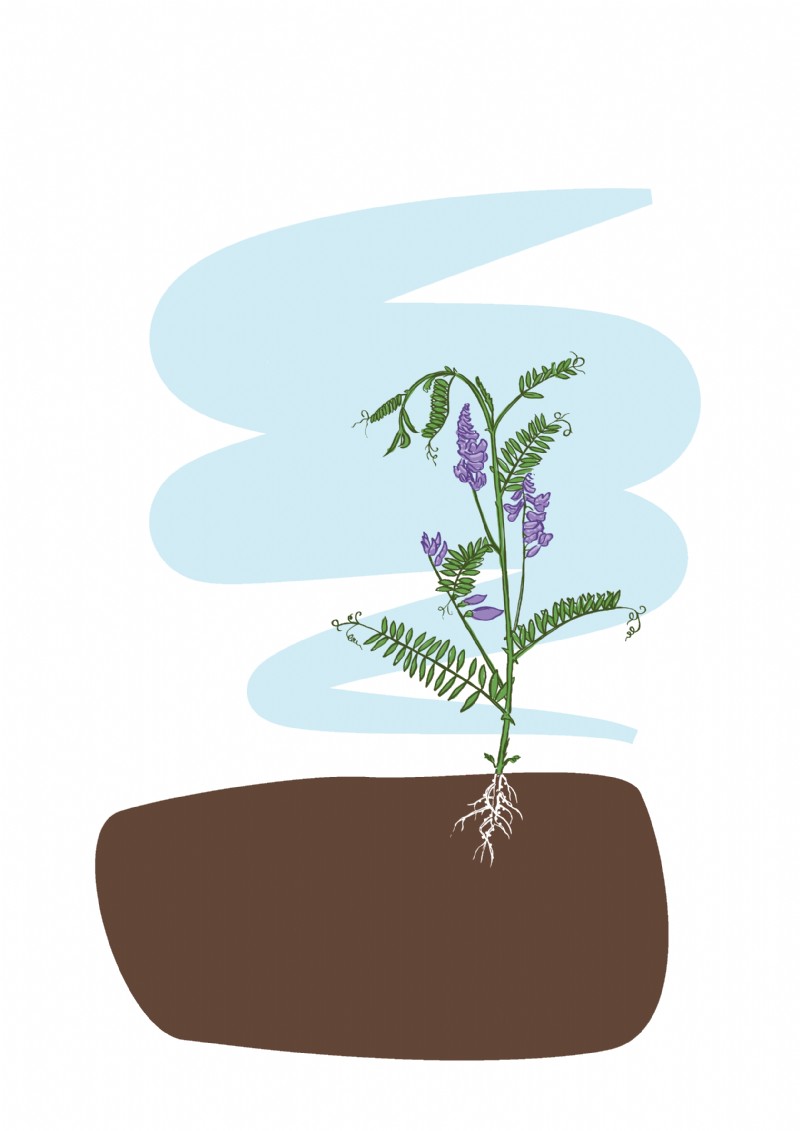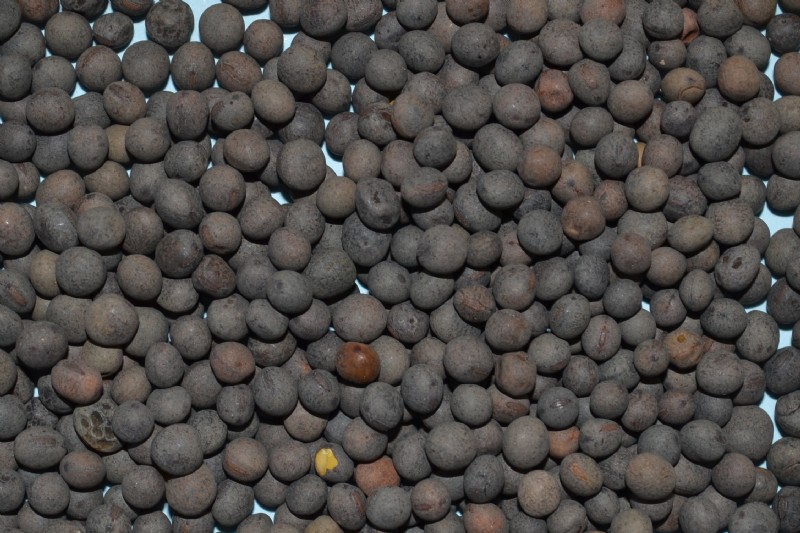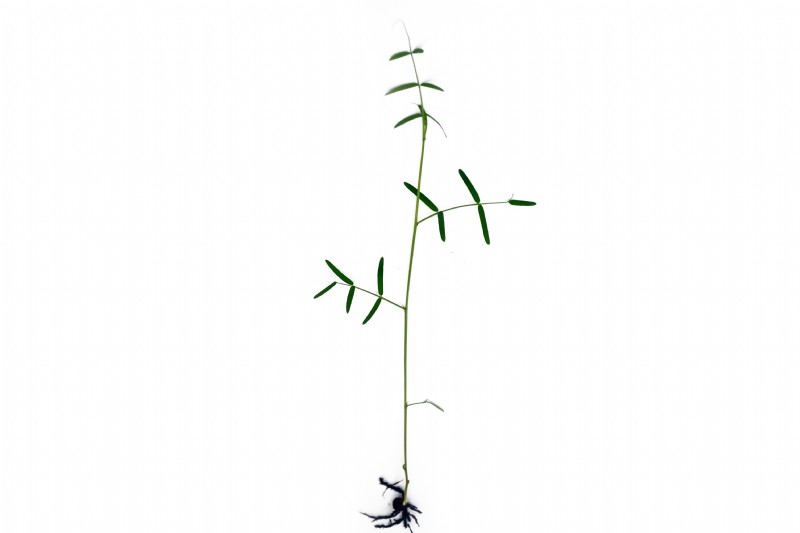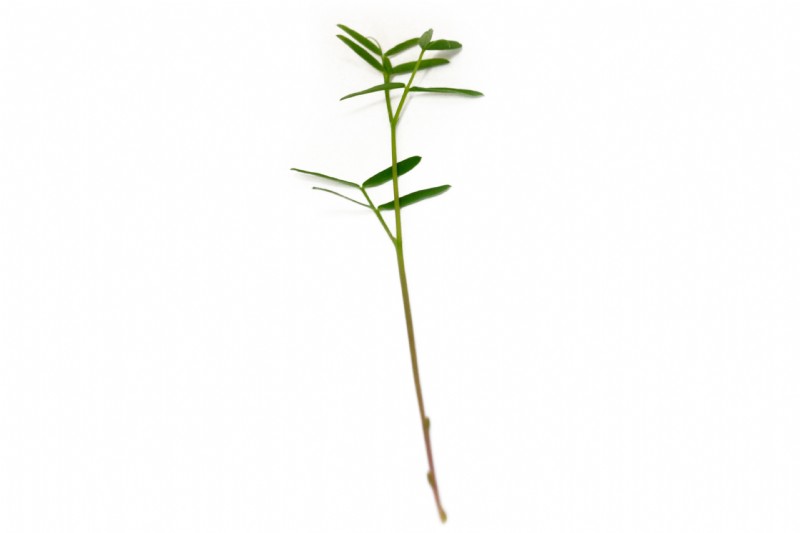Hairy Vetch
This forage legume is also known as hairy vetch or winter vetch. It has a similar scrambling, climbing growth habit to common vetch and will survive throughout the winter.
Uses
It can be used for hay or silage, although in the UK it is often used as an arable silage with grass or as a whole crop mix combined with cereals, vetch helps to improve the overall protein content.
Persistence
An annual species, normally dying away after flowering.
Strengths
It is quick to germinate, and can successfully be used to smother weed species because of its sprawling, creeping growth habit. It is a highly acceptable forage, with high protein levels and accepted by most livestock. It is a frost tolerant species, so It can be used as a green cover over the winter.
Frost Tolerance
Good winter hardiness.
Yield
5 - 6t DM / ha
Sowing Rate Advice
34kg per acre - 85kg per ha.
A large seed, so it must be sown at a robust rate, to get a decent cover in the field.
Mixture Sowing Rate Advice
7.5 - 22.5kg per acre / 18.75 - 56.2 kg per ha
10% - 30% vetch inclusion in a whole crop mixture with cereals and or peas. With an overall rate of 75 kg per acre / 187.5 kg per ha.
Ideal Sowing Time
Sow in the spring as part of a whole crop mixture, but can be autumn sown for over winter cover or grass silage mixes. Of all the legumes it has one of the latest sowing windows in the autumn.
Management
Severe grazing or cutting for forage or to control weeds, during or just after flowering will normally kill off hairy vetch.
Distinguishing characteristics
Seed
The seed is a rounded spherical shape and a dull black colour. It is smooth and 4-5mm in length.
Seedling
The cotyledon remains buried during germination. The first true leaves have one pair of narrow shaped, medium to long leaflets. The surface becomes woolly or hairy as the plant develops.
Flowering Plant
The plant is dark and glossy green in colour, with a notable hairy or woolly appearance due to a covering of soft, downy hairs.
The leaves are pinnate in their structure with 6-12 pairs of opposite leaflets, these are narrow and ovate. The stipules at the base are small and narrow. The shape of each leaf is gently tapering in overall shape towards the apex.
Each leaf has 2-3 tendrils at the apex which gives the plants its sprawling, climbing ability.
The flowers are generally purple in colour, arising on long stalks from the base of the leaves, later producing an obvious seed pod.
It has a shallow but strong root system, with good lateral branches.
Additional Info
Average number of seeds per kg 40 000. Average protein content 16-25% depending on plant growth stage.
Works well with
An aggressive grass like westerwold or with a cereal component like oats or barley as part of a whole crop mixture, to reduce lodging issues later in the season.






